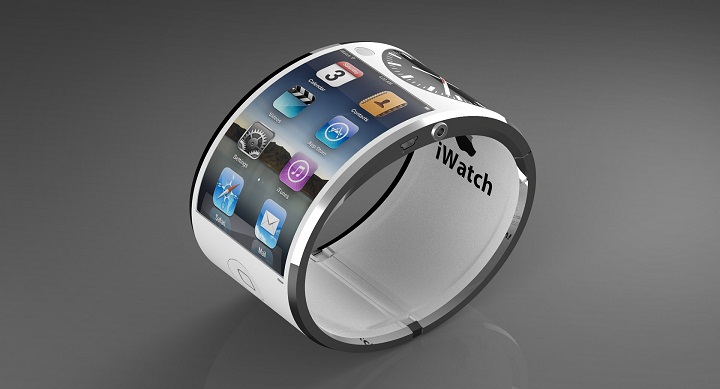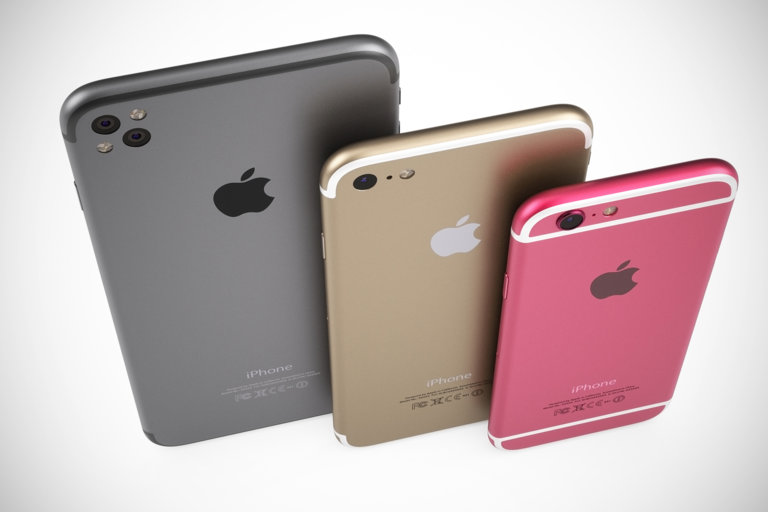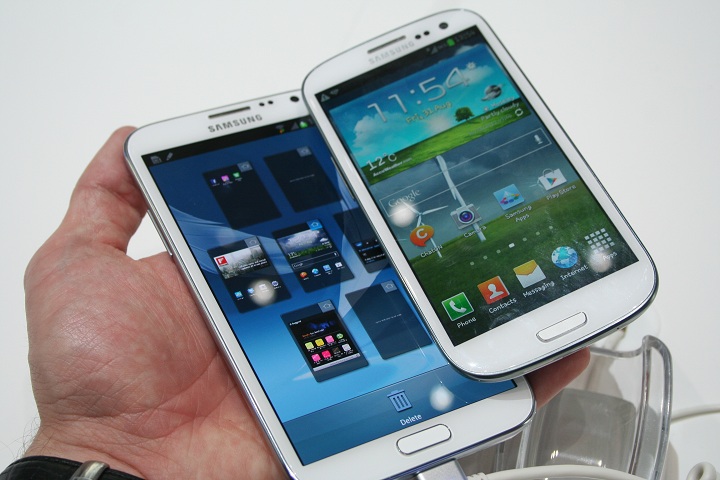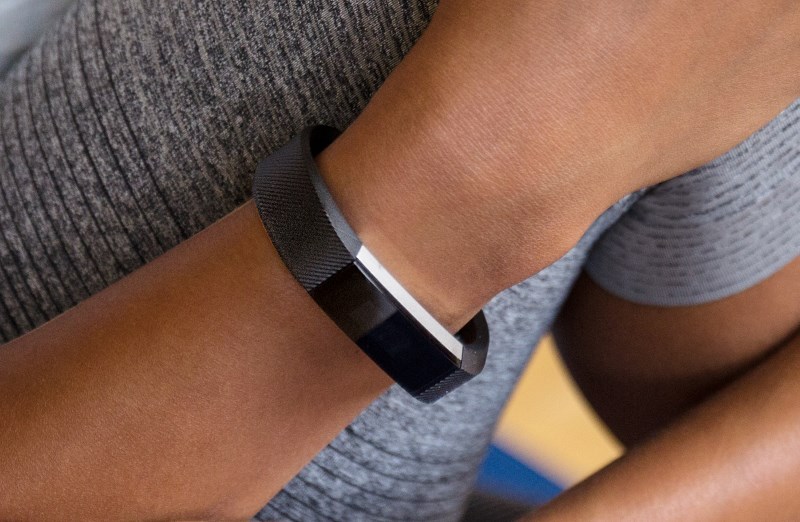It has been claimed that Apple Inc. has hired a bunch of sleep and medical experts for assisting on its iWatch project. It is believed that the watch will have the capability of monitoring sleep as well as exercise and will allow the wearers to track and analyst their every movement in this way. Although the Cupertino, California based has refused to offer confirmation that it’s working on a watch, it is said by experts that the company might be launching the device this year. It was reported that Roy J.E.M. Raymann, who previously worked at Philips Research has now joined Apple because the company wishes to use his expertise of sensors and wearables and non-pharmacological methods that improve sleep quality.
It is also believed that the company is working on developing a new application called HealthBook, which will be incorporated in the next version of its iOS software. The app will allow its users to track and analyze the data that will be collected by their gadget. There is already a movement tracking chip in its iPhone 5S, which is called the M5 and it will probably be used in its iWatch. It has been claimed in reports that the first-generation smart watch of the technology giant will be charged wirelessly and will utilize existing technologies that’s used currently with selective smartphones.
However, it is also possible that the future models of the wrist-worn technology will be powered by kinetic or solar energy for ensuring that they never lose their charge. For instance, the underneath of the display could be fitted with solar panels for harnessing the energy of the sun. Solar technology is already used by Casio in its G-Shock range of watches. This speculation can be backed up by the evidence that a job vacancy had been posted by Apple Inc. in September for the purpose of finding someone with solar expertise.
As per additional rumors that have been circulating about the iWatch, it will be running on the next-generation of Apple’s software, which will probably be called iOS 8 and will also have a curved screen. These current claims are simply backing up the plans that had been laid out in the patent that was filed by Apple in 2011. A wearable accessory device had been defined in the patent that would have a flexible display and would be using the same technology found in a child’s slap wrap for placing a flexible touchscreen on the wrist of the user.
A method was also detailed in the patent that would be useful in extending the battery life such as a solar panel array or a kinetic power source like the ones that are found in wristwatches. The application had further added that this sort of power generation would greatly benefit a device designed to be worn on the arm or leg as the time between charging would be increased. Likewise, a patent filed by the company in 2009 had detailed how the company wanted to harness kinetic energy from the leg or arm when the user was walking.











![Watch Video Now on xiaohongshu.com [以色列Elevatione perfectio X美容仪 perfectio X 全新仪器黑科技了解下]](https://www.techburgeon.com/wp-content/uploads/2019/07/perfectiox-singapore-150x150.jpg)
